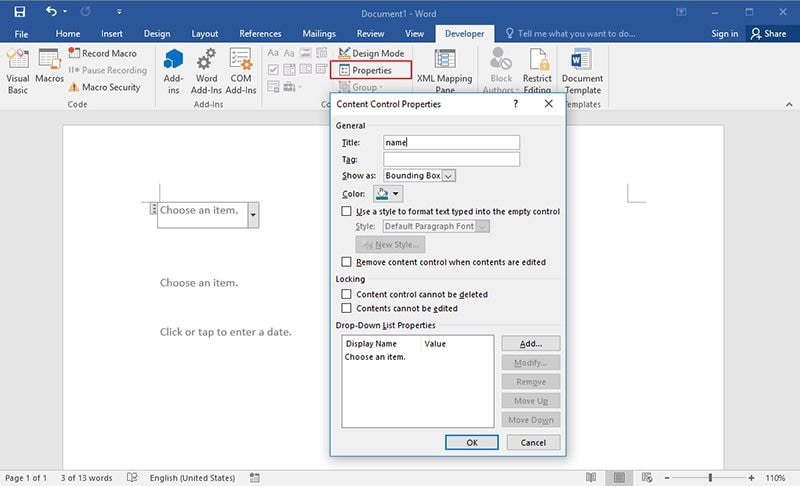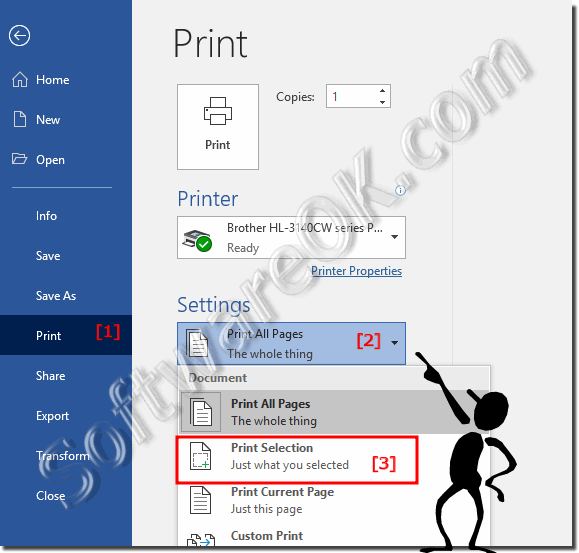

However, you can get the document properties from Office button: In PowerPoint 2007, there is no File tab. It's quite differtent in the File tab between PowerPoint 2010 and PowerPoint 2007. View document properties in the Ribbon of PowerPoint 2007 Then you will get the pane as figure 2 shows.įigure 6 Method C: View document properties in Properties Dialog Box in PowerPoint 2010/2013Īfter you have view properties in backstage view, you can continue to clicking the Properties button and select the Advanced Properties item, and you will view the properties in Properties Dialog Box as figure 4 shows. If you want to view document properties in Document Properties pane as we described above, you can continue clicking the Properties button and select the Show Document Pane item after you have viewed properties in backstage view.


In the Name box, type the name you want used for your new document property.

The Custom tab of the Properties dialog box. Word displays the Properties dialog box for your document. To create a custom document property, follow these steps: These can then be used within your document (using the DOCPROPERTY field) or within macros. In addition to the standard properties maintained by Word, you can create your own custom document properties. Word then displays the Properties dialog box for your document, and you can use the different tabs to view the information maintained. You can view a portion of this information by choosing the Properties option from the File menu. Besides your actual document, Word also maintains quite a bit of statistical and overview information about your document.


 0 kommentar(er)
0 kommentar(er)
